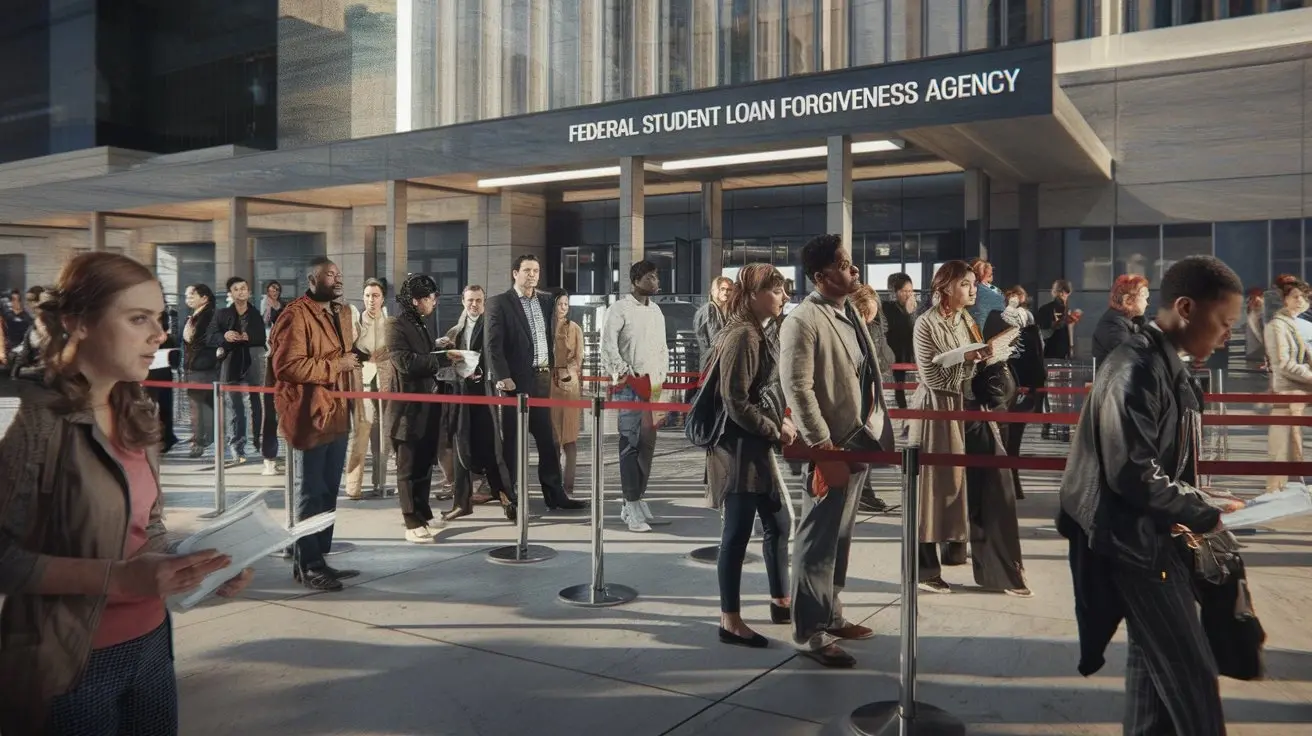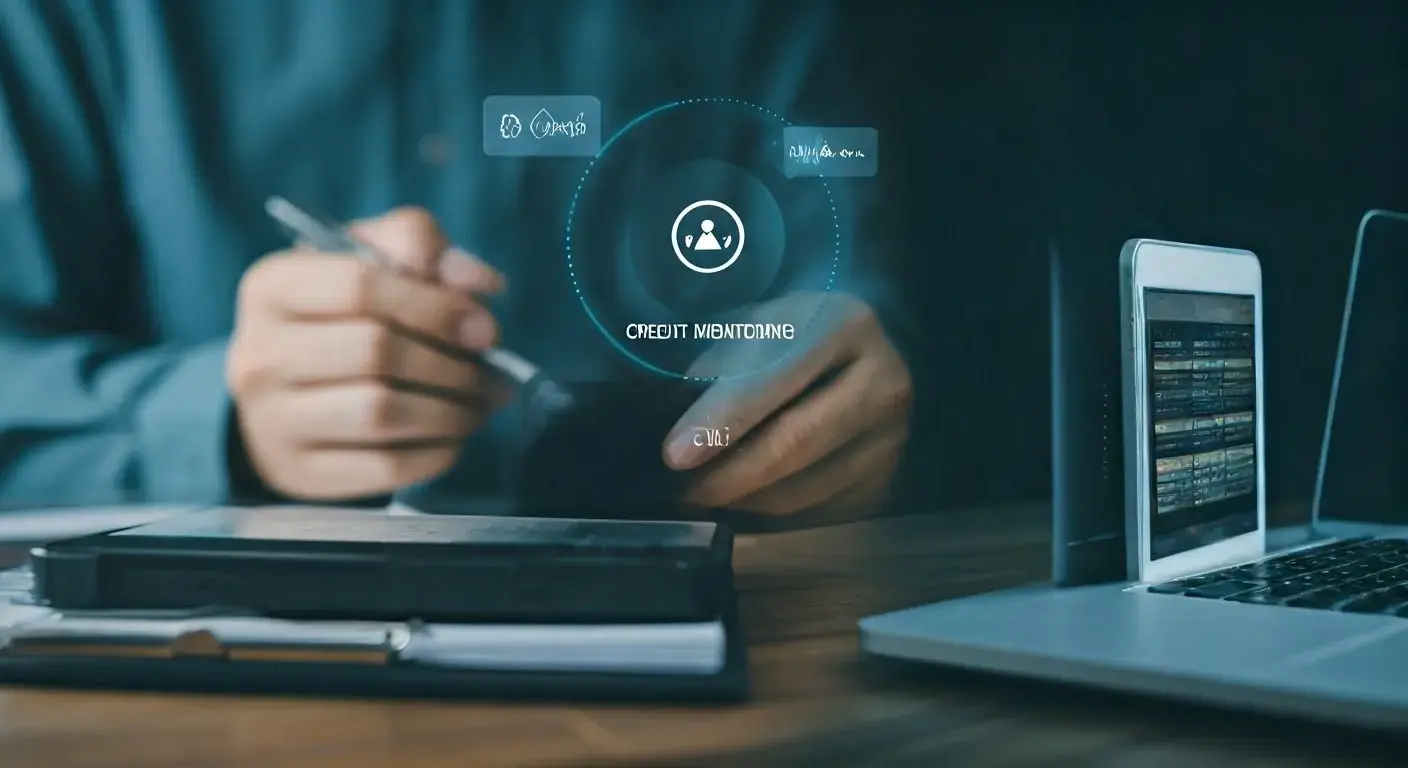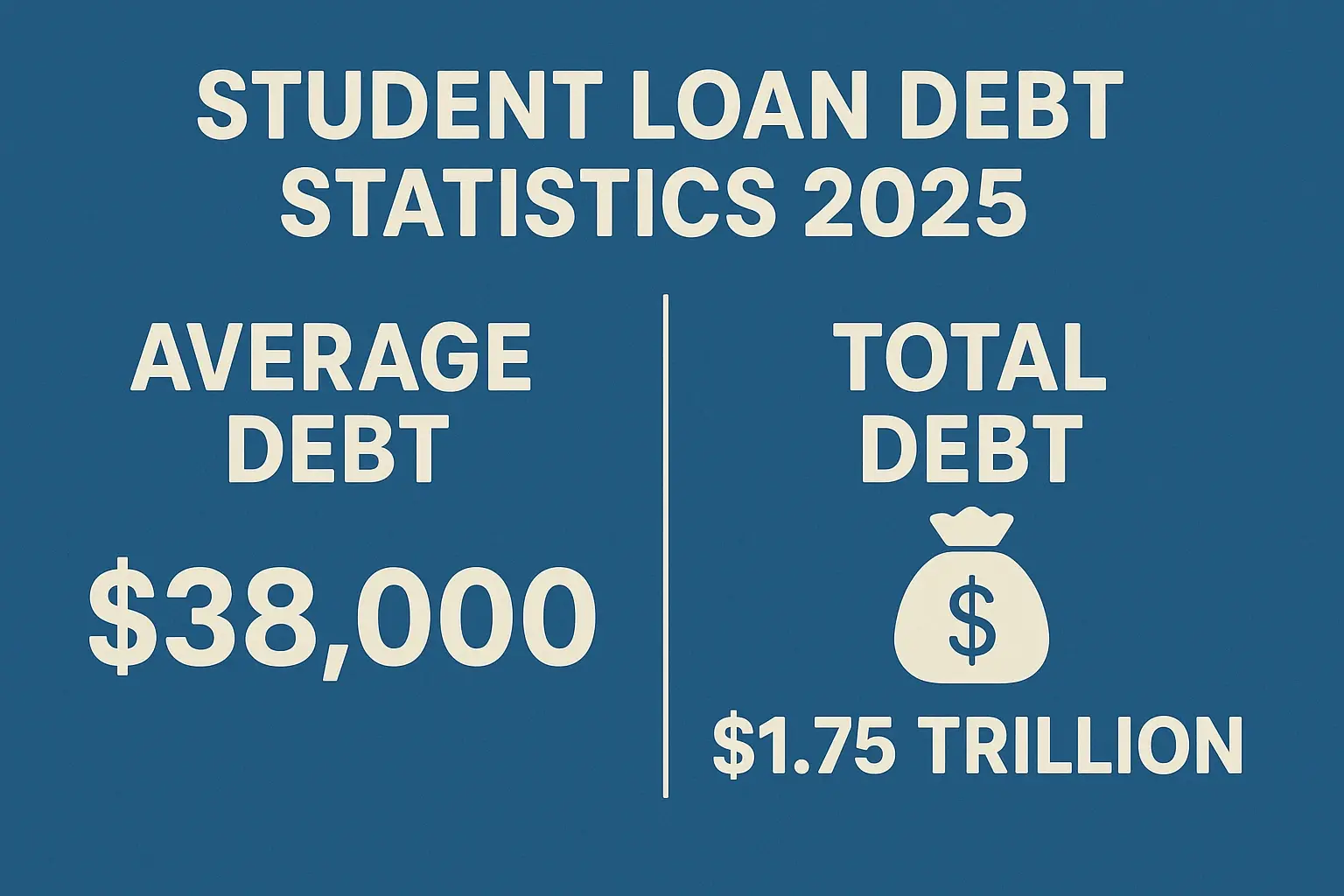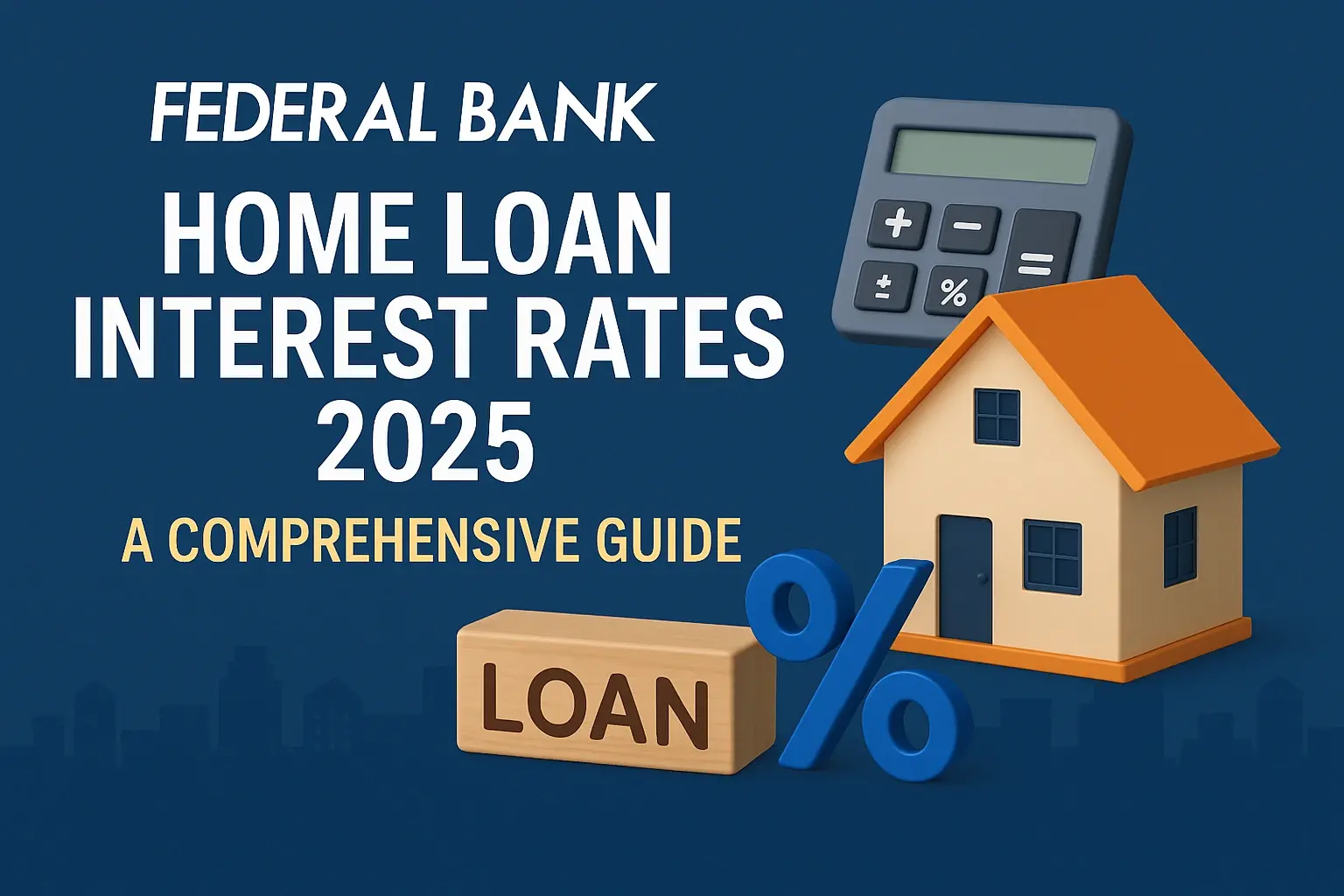-
Posted on: 21 Dec 2022

-
Navigating the world of personal finance can be complex, with various credit options available. One such option is a personal line of credit (LOC). Understanding what a personal line of credit is, how it works, and its potential impact on your financial health is crucial for making informed decisions. At Credit Repair Ease, we aim to demystify these financial products, empowering you to build and maintain a healthy credit profile.
Understanding the Basics of a Personal Line of Credit
A personal line of credit is a type of revolving credit that provides you with access to a specific amount of funds that you can borrow, repay, and borrow again as needed. Think of it as a flexible loan that allows you to draw funds whenever you need them, up to your credit limit. Unlike a personal loan, where you receive a lump sum upfront, a line of credit lets you access funds only when you need them, and you only pay interest on the amount you've actually borrowed.
Key Features of a Personal Line of Credit:
- Revolving Credit: You can borrow, repay, and borrow again within your credit limit.
- Flexible Access: Access funds only when you need them.
- Interest Only on Borrowed Amount: You only pay interest on the amount you’ve withdrawn.
- Variable Interest Rates: Interest rates are often variable, meaning they can fluctuate with market conditions.
- Credit Limit: A predetermined maximum amount you can borrow.
How a Personal Line of Credit Works
The process of obtaining and using a personal line of credit typically involves the following steps:
- Application: You apply for a line of credit with a bank, credit union, or online lender. The lender will review your credit history, income, and other financial information to determine your eligibility and credit limit.
- Approval: If approved, you'll receive a credit agreement outlining the terms of the line of credit, including the credit limit, interest rate, repayment terms, and any associated fees.
- Accessing Funds: Once approved, you can access funds from your line of credit via online transfer, check, or other methods specified by the lender.
- Repayment: You'll be required to make regular payments, typically monthly, which include both principal and interest. Some lines of credit may require interest-only payments for a period.
- Credit Utilization: The amount of your available credit that you're using is known as your credit utilization ratio. Keeping this ratio low (ideally below 30%) is crucial for maintaining a good credit score.
Understanding Interest Rates and Fees
It’s essential to carefully review the interest rates and fees associated with a personal line of credit. These costs can significantly impact the overall cost of borrowing.
- Interest Rates: Personal lines of credit often have variable interest rates, typically tied to a benchmark rate such as the prime rate. This means your interest rate can fluctuate, potentially increasing your monthly payments.
- Fees: Some lenders may charge fees such as origination fees, annual fees, late payment fees, or over-limit fees. Be sure to understand all applicable fees before accepting a line of credit.
Benefits of a Personal Line of Credit
A personal line of credit offers several potential benefits, making it a valuable financial tool for certain situations:
- Financial Flexibility: Provides access to funds when you need them, making it useful for unexpected expenses or short-term cash flow needs.
- Emergency Fund Alternative: Can serve as a backup source of funds for emergencies, reducing the need to deplete savings.
- Debt Consolidation: Can be used to consolidate high-interest debt, potentially lowering your overall interest costs (but be cautious about balance transfers and introductory rates).
- Home Improvement Projects: Can be used to finance home renovations or repairs.
Using a Personal Line of Credit for Debt Consolidation
Consolidating high-interest debt, such as credit card debt, with a personal line of credit can be a smart financial move if done strategically. The goal is to transfer balances from high-interest accounts to the line of credit, which ideally has a lower interest rate. However, consider these points:
- Interest Rate Comparison: Ensure the line of credit's interest rate is lower than the interest rates on the debts you're consolidating.
- Discipline: Avoid running up balances on the credit cards you've paid off. Close the accounts or strictly limit their usage to prevent accumulating more debt.
- Fees: Be aware of any balance transfer fees associated with the line of credit.
Potential Drawbacks of a Personal Line of Credit
While a personal line of credit offers several advantages, it's important to be aware of the potential drawbacks:
- Variable Interest Rates: Interest rates can fluctuate, potentially increasing your monthly payments.
- Risk of Overspending: Easy access to funds can lead to overspending and accumulating debt.
- Impact on Credit Score: High credit utilization can negatively impact your credit score.
- Fees: Some lines of credit may have fees that can add to the overall cost of borrowing.
The Impact of Credit Utilization on Your Credit Score
Credit utilization, the amount of your available credit that you're using, is a significant factor in determining your credit score. Lenders view high credit utilization as a sign of increased risk. Aim to keep your credit utilization below 30% to maintain a healthy credit score. For example, if you have a $10,000 credit limit on your line of credit, try to keep your outstanding balance below $3,000.
Qualifying for a Personal Line of Credit
To qualify for a personal line of credit, lenders typically consider the following factors:
- Credit Score: A good to excellent credit score is usually required. A score above 700 significantly increases your chances of approval.
- Credit History: A positive credit history with a track record of responsible credit usage.
- Income: Sufficient income to repay the borrowed funds.
- Debt-to-Income Ratio (DTI): A low DTI, which is the percentage of your monthly income that goes towards debt payments.
- Employment History: Stable employment history.
Improving Your Chances of Approval
If you're concerned about qualifying for a personal line of credit, here are some steps you can take to improve your chances of approval:
- Improve Your Credit Score: Pay bills on time, reduce credit card balances, and correct any errors on your credit report. Credit Repair Ease can help you identify and address negative items on your credit report.
- Lower Your Debt-to-Income Ratio: Pay down existing debt and/or increase your income.
- Stabilize Your Employment: Maintain a stable employment history.
Alternatives to a Personal Line of Credit
If a personal line of credit isn't the right fit for your needs, consider these alternative options:
- Personal Loan: Provides a lump sum of money that you repay in fixed monthly installments.
- Credit Card: Offers revolving credit with a credit limit.
- Home Equity Line of Credit (HELOC): Secured by your home equity.
- Savings: Using your own savings to cover expenses.
When to Choose a Personal Line of Credit vs. a Personal Loan
Choosing between a personal line of credit and a personal loan depends on your specific needs and circumstances. Consider these factors:
- Flexibility: If you need ongoing access to funds and don't know the exact amount you'll need, a line of credit may be a better choice.
- Predictability: If you need a specific amount of money and prefer fixed monthly payments, a personal loan may be more suitable.
- Interest Rates: Compare interest rates for both options to determine which is more cost-effective.
Conclusion: Making Informed Decisions About Personal Lines of Credit
A personal line of credit can be a valuable financial tool, providing flexibility and access to funds when needed. However, it's important to understand the terms, interest rates, and potential risks before applying. By carefully considering your financial situation and goals, you can determine whether a personal line of credit is the right choice for you. At Credit Repair Ease, we're committed to providing you with the knowledge and resources you need to make informed decisions and achieve financial success.










